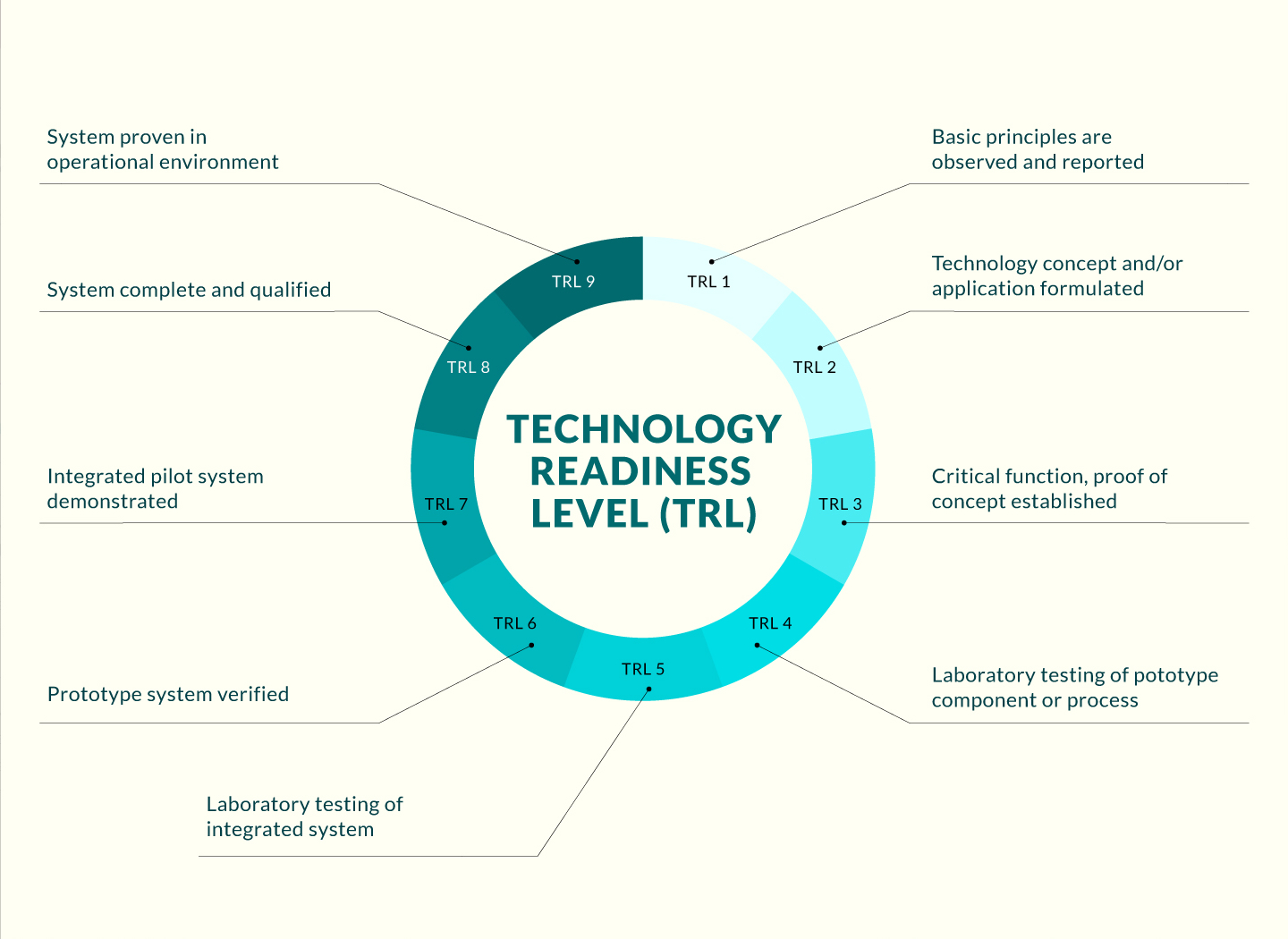
Figure 1. Synthesis and structural characterizations of MXene wrapped Zn powder (MXene@Zn) anode via an electrical self-assembly approach. a SEM image, b TEM image, c HRTEM image with SAED pattern, d AFM image of Ti3C2TX MXene flakes. Inset in (a) shows the Tyndall effect of Ti3C2TX MXene suspension. e Zeta potentials comparison of Ti3C2TX MXene, Zn-p, and MXene@Zn. f Digital images of Ti3C2TX MXene suspension, Zn-p, and their mixture after standing 0.2h. SEM images of g Zn-p, h MXene@Zn composites. i Schematic illustration of MXene@Zn composite. j Contact angle image of 2M ZnSO4 electrolyte on pristine Zn-p and MXene@Zn anodes. k Cross-sectional SEM image of MXene@Zn anode on Cu substrate with EDS mapping data of Cu, Zn, Ti, Cl, F elements. l XRD pattern of Ti3C2TX MXene, Zn-p, and MXene@Zn. m Survey XPS spectrum of MXene@Zn composite. n Digital image of viscous MXene@Zn ink in NMP solvent without binder additive, and resultant meter-scale flexible anode.
Opportunity
With increasing demand for safe energy storage, Zn based batteries have emerged as a feasible option. Zinc is a promising material for anodes in rechargeable aqueous batteries, due to its high specific capacity, low cost, and environmental friendliness. Zinc powder is currently the main material used for zinc anodes, because zinc foil is expensive and associated with other problems. Zinc powder is better suited to grid-scale applications and commercialization. However, the spherical microstructure of zinc powder, with its very large surface area, exacerbates the problem of uncontrollable dendrite growth. Such intrinsic problems with zinc powder anodes must be solved to promote the practical application of zinc ion batteries.
Technology
MXenes are two-dimensional inorganic compounds. The researchers found that two-dimensional flexible conductive MXene flakes can work as electron and ion redistributors to solve the abovementioned intrinsic issues with Zn powder anodes. They constructed a stable and highly reversible Zn powder anode (MXene@Zn) that can be applied to various Zn ions containing electrolytes. These anodes match well with many cathodes used in Zn ion batteries. The as-fabricated MXene@Zn anode exhibits low polarization potential and high redox efficiency during long-term cycling, which is desirable for the large-scale commercial utilization of Zn based batteries.
Advantages
- The MXene@Zn electrode is highly compatible in both organic and aqueous electrolyte environments.
- The MXene@Zn electrode is highly compatible with various cathodes for Zn ion batteries.
- The MXene@Zn electrode exhibits low polarization potential and high redox efficiency without dendrite growth when serving as the anode in Zn based systems.
- A Zn ion battery based on the MXene@Zn anode exhibits durable cycle stability and fast redox kinetics.
Applications
- Range of applications in Zn based energy storage devices.




